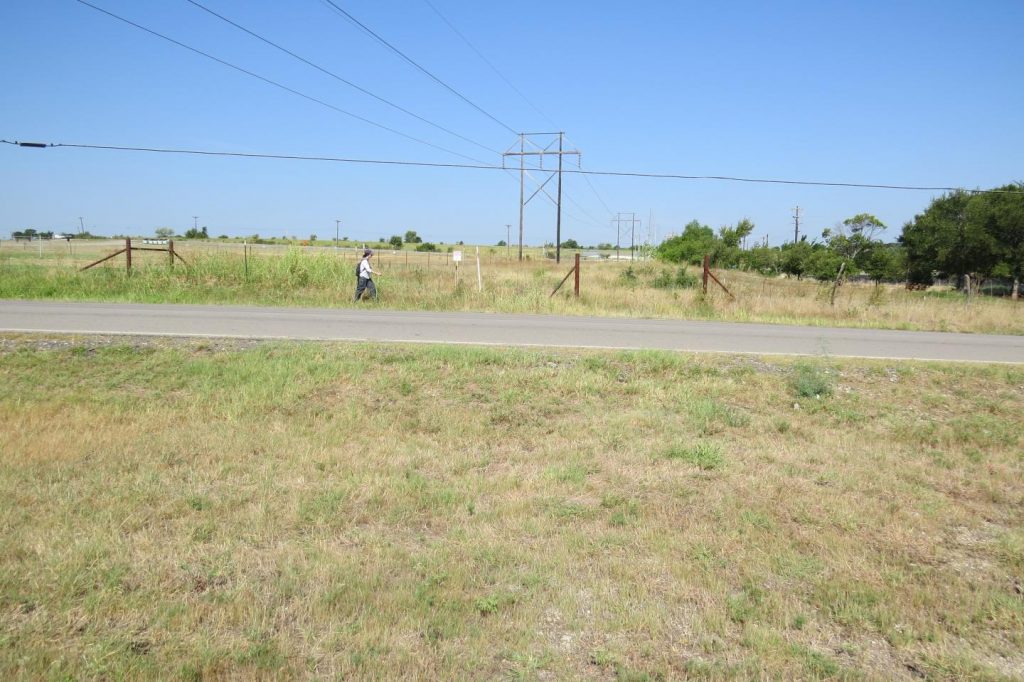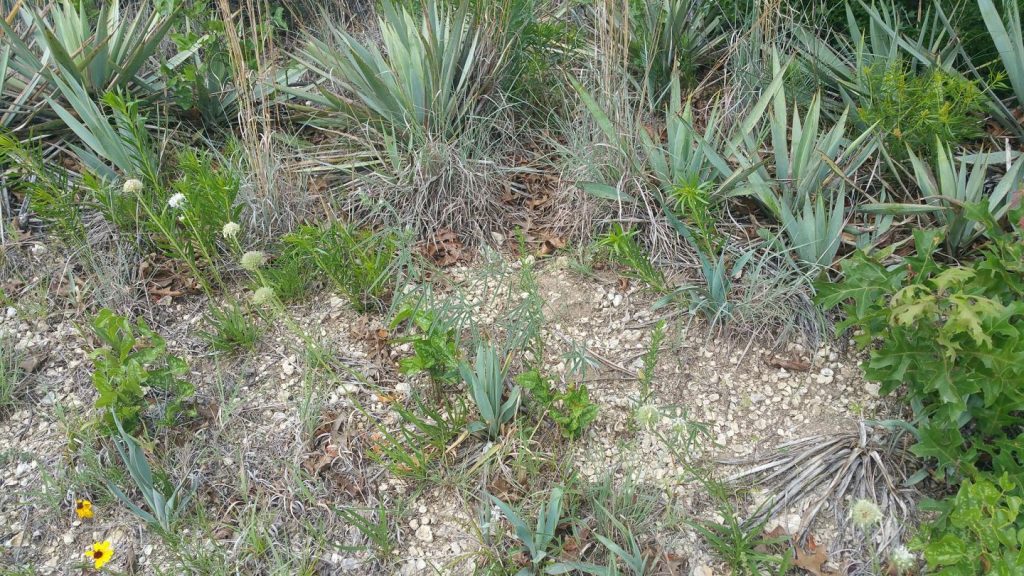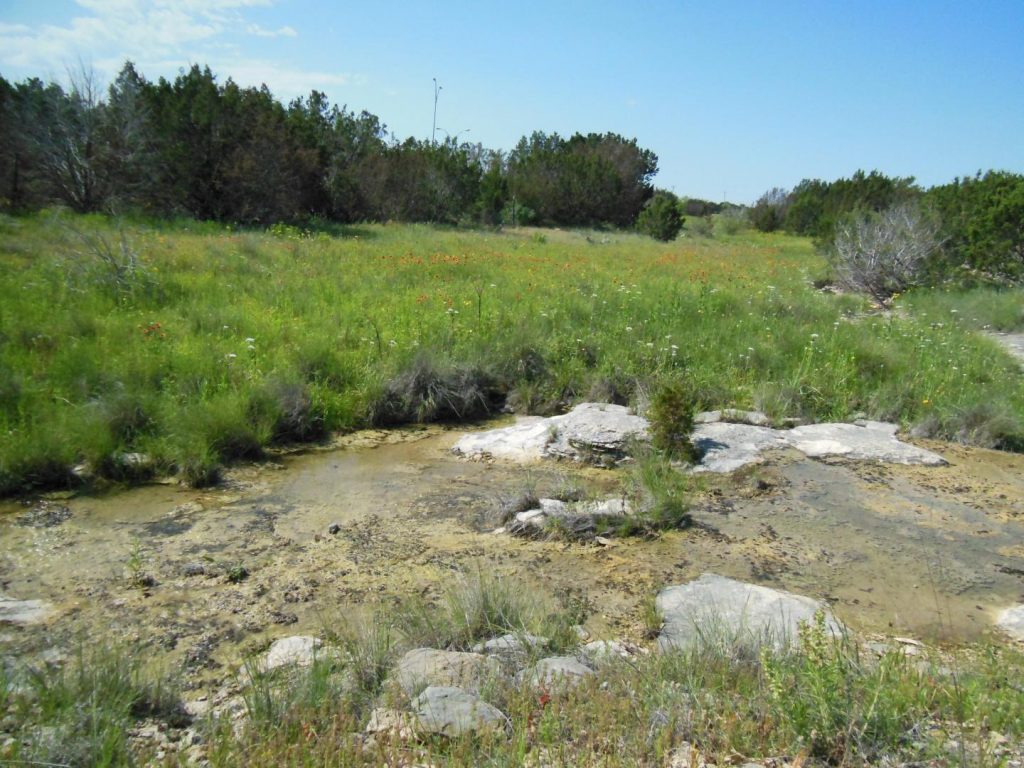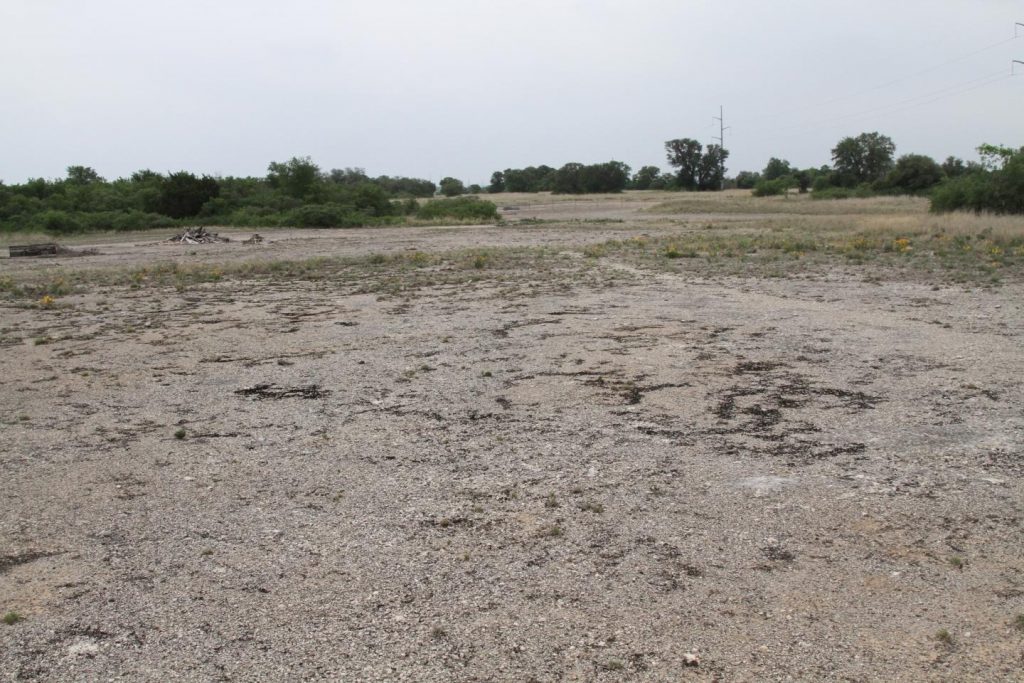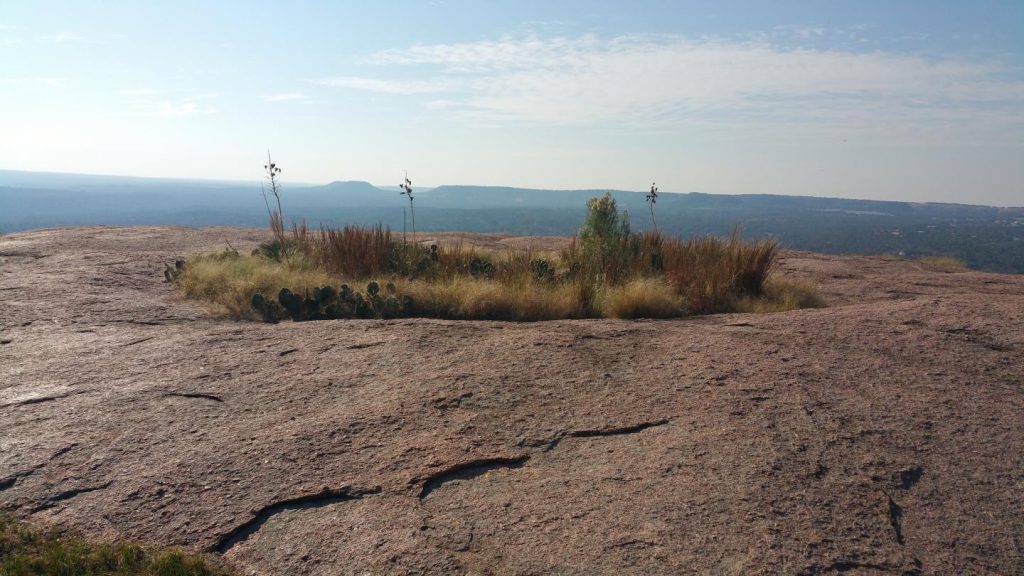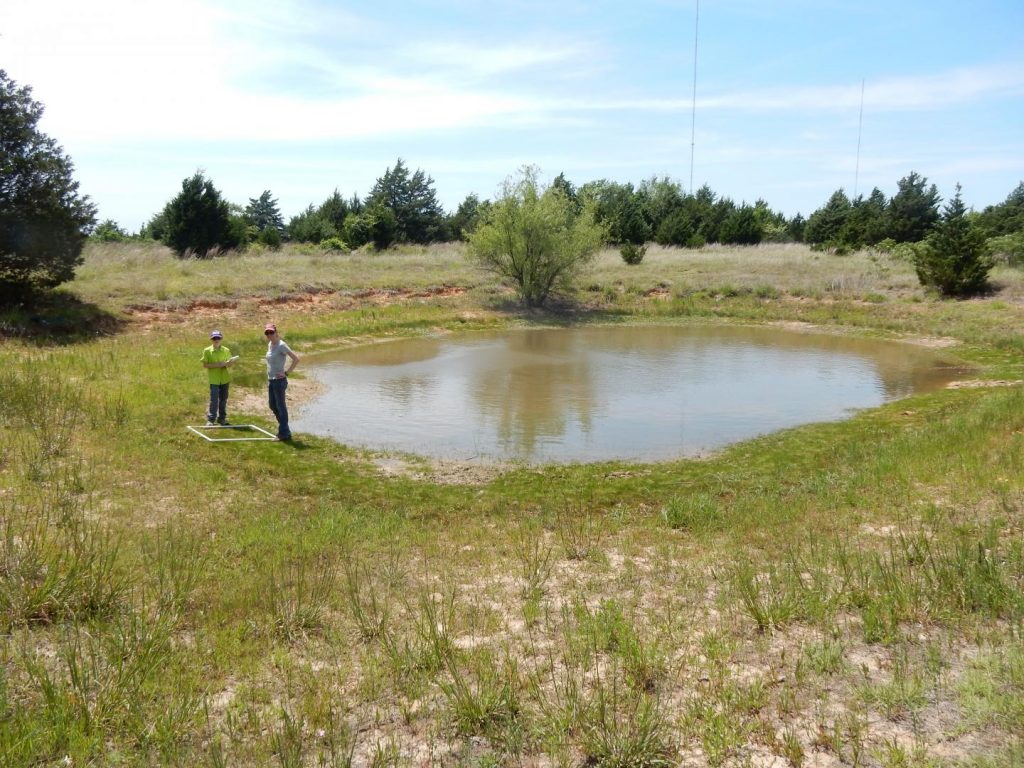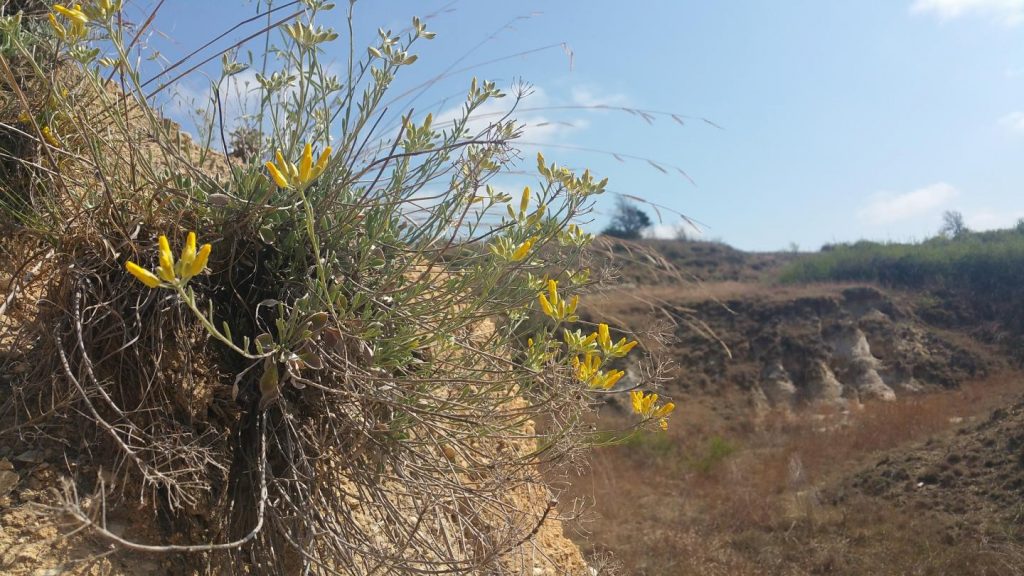
Physaria engelmannii
The Dallas-Fort Worth metropolitan area spans two ecoregions, the Cross Timbers and the Northern Blackland Prairie (Gould et al. 1960). The Blackland Prairie begins on the eastern side of the metroplex in Hunt, Kaufman, and Ellis counties, includes most to all of Collin and Dallas counties, and the eastern edges of Denton, Tarrant, and Johnson counties (Gould et al. 1960).

